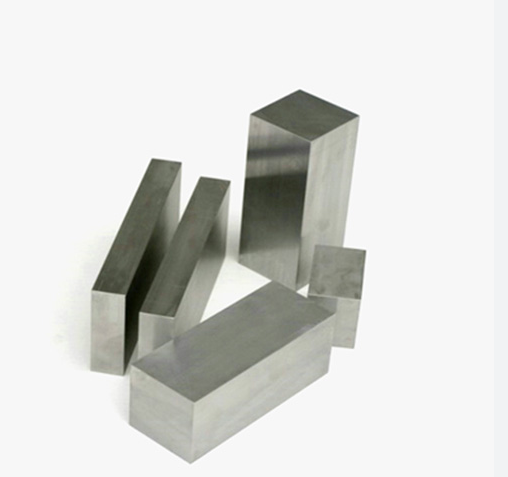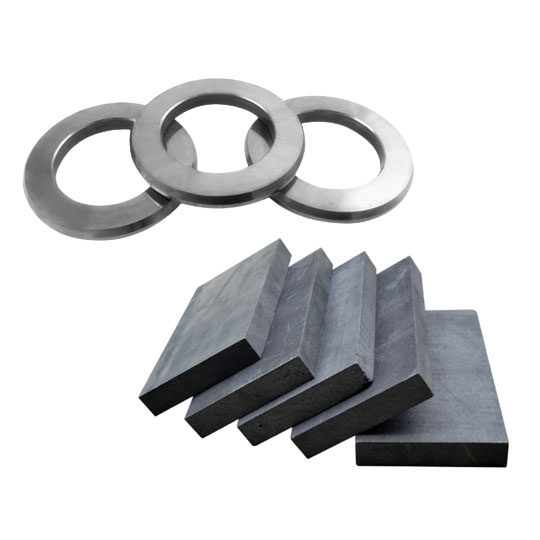What Are High-Performance Carbide Rods?
Imagine a material that’s tougher than nails, heat-resistant like volcanic rock, and sharp enough to slice through steel like butter. That’s essentially what high-performance carbide rods are. They’re the unsung heroes in the world of manufacturing, machining, and precision tooling.
These rods are made primarily from tungsten carbide — a compound of tungsten and carbon that’s sintered with cobalt or nickel to form a composite material that’s insanely durable and wear-resistant. Think of them as the muscle and brain combo in high-stress industrial applications.
What makes them stand out compared to traditional steel or even high-speed steel? Simply put, it’s their hardness, toughness, and heat resistance — three characteristics that make them indispensable in today’s high-speed, high-pressure production environments.

Key Features & Advantages of High-Performance Carbide Rods
Let’s dive into what sets these rods apart.
- Extreme Hardness: Carbide is significantly harder than steel. On the Mohs scale, it’s around 9 (diamonds are 10!).
- High Wear Resistance: They maintain their structure and sharpness under extreme cutting conditions.
- Excellent Heat Resistance: They perform better at higher temperatures compared to HSS (High-Speed Steel).
- Longer Tool Life: While initially more expensive, they last longer, reducing downtime and costs.
- Dimensional Stability: They retain their geometry under load, making them ideal for precision work.
So, compared to standard rods? High-performance carbide rods are like a high-end sports car versus a daily commuter. Sure, the latter works, but the former works better, faster, and lasts longer.
Top 10 Metal Powder Models Used in High-Performance Carbide Rods
Here’s where the real magic happens. The powders used to make these rods are just as important as the final product. Below are 10 standout models:
| Metal Powder Model | Composition & Features | Application Notes |
|---|---|---|
| WC-Co 10% | Tungsten Carbide + 10% Cobalt. Great balance of hardness and toughness. | Used in general-purpose tooling. |
| WC-Co 6% | Higher hardness, lower toughness. | Best for finishing and high-precision cutting. |
| WC-Ni 12% | Tungsten Carbide + 12% Nickel. Good corrosion resistance. | Ideal for wet environments. |
| WC-CoCr 10% | Includes Chromium for added wear and oxidation resistance. | Aerospace applications. |
| TiC-Ni | Titanium Carbide + Nickel. Lower density, good at high speeds. | Used in lightweight applications. |
| WC-Co + TaC | Includes Tantalum Carbide for grain control and strength. | Used in high-load, roughing tools. |
| WC-Co + Cr3C2 | Chromium Carbide for additional heat stability. | High-speed dry cutting. |
| WC-Co Fine Grain | Nano-particle level grain for superior edge retention. | Micro-drilling and fine milling. |
| WC-Co+TiN | Titanium Nitride coating in powder stage. | High-gloss machining. |
| WC-Co + VC | Vanadium Carbide grain inhibitor. Enhances toughness. | General-purpose cutting tools. |
These powders define the performance envelope of the rod. They decide whether your end tool can power through hardened steel or buckle under pressure.
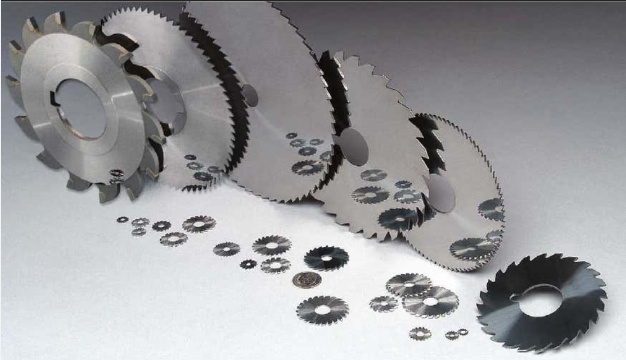
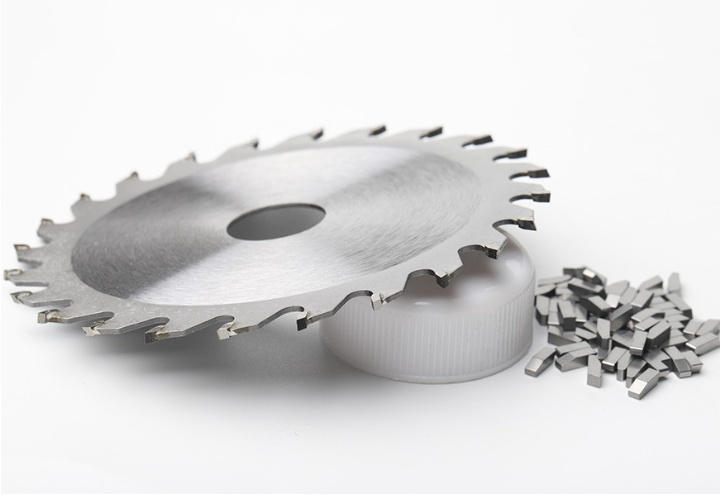
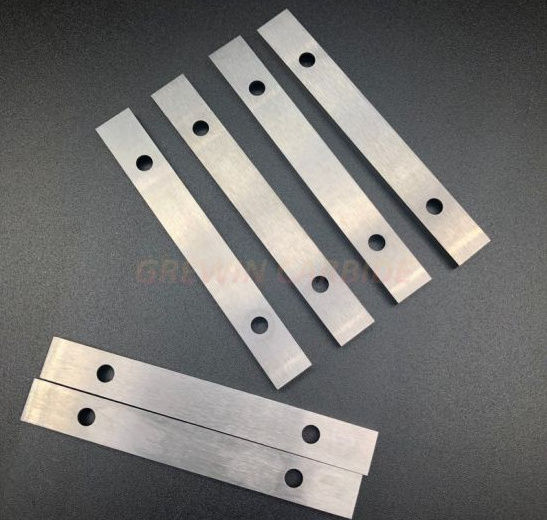
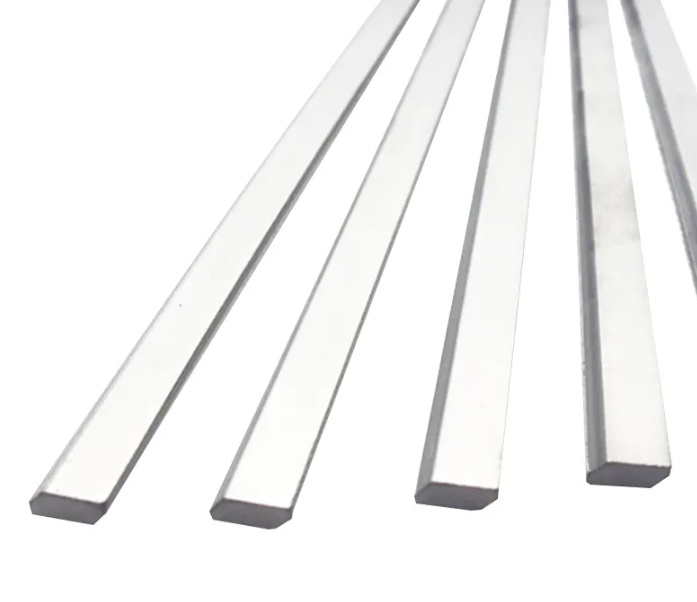
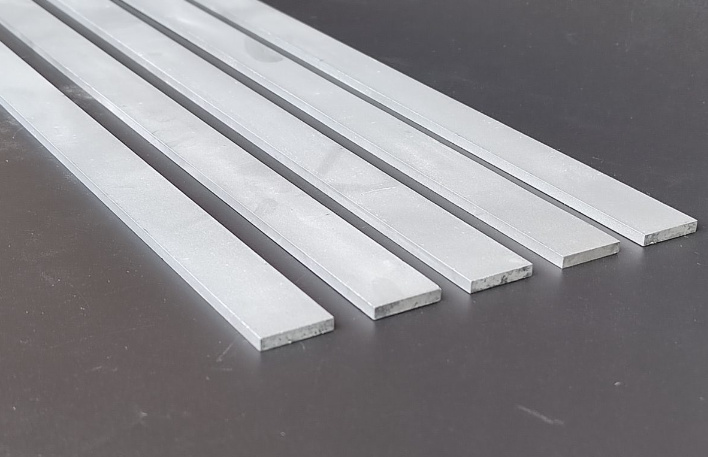

Applications: What Are High-Performance Carbide Rods Used For?
These rods aren’t just fancy metal sticks. They’re the backbone of high-precision manufacturing. Here’s where they shine:
- CNC Machining Tools: Think drills, end mills, and reamers. They cut smoother and last longer.
- Automotive Manufacturing: Used in molds, dies, and cutting parts for precision assembly.
- Aerospace Components: Where strength-to-weight ratios are critical.
- Woodworking Tools: Unmatched sharpness and longevity.
- Mining and Oil Drilling: Carbide-tipped tools last longer under abrasive wear.
If your tool needs to maintain edge sharpness after hours of grinding, turning, or milling — carbide is king.
What Makes a Carbide Rod “High-Performance”?
It’s not just marketing jargon. A high-performance rod earns its title by excelling in:
- Grain Size Control: Finer grains mean tougher rods with better surface finish.
- Homogeneity of Powder: Consistent particle distribution equals predictable performance.
- Precision Sintering: High-pressure, high-heat processes that remove porosity.
- Custom Coatings: Some rods are pre-coated or chemically treated for longer life.
Think of it like baking a cake. It’s not just the ingredients, but how you mix and bake them. The best carbide rods result from precise recipes and meticulous execution.
How Are High-Performance Carbide Rods Manufactured?
This process isn’t your everyday metal-smithing. It’s more like alchemy mixed with rocket science.
- Powder Preparation: Choose the right tungsten carbide, cobalt, or nickel blend.
- Mixing and Milling: Add binders and mill the mix into a fine slurry.
- Spray Drying: This turns slurry into granules for easier pressing.
- Cold Isostatic Pressing (CIP): Apply uniform pressure for density.
- Pre-Sintering: Burn off the binder to create a green compact.
- Final Sintering: Furnace heat at up to 1500°C fuses the particles.
- Post-Sinter Processing: Cutting, grinding, and quality checking.
Each stage is optimized to reduce grain growth and maximize hardness. It’s part engineering, part craftsmanship.
Choosing the Right Carbide Rod Supplier
Not all suppliers are created equal. Here’s what to look for:
- Material Consistency: Check their powder sourcing and QC processes.
- Precision Tolerances: Some rods are rounder and straighter than others.
- Batch Traceability: Essential for quality control.
- Customization Options: Length, diameter, and pre-coating should be flexible.
- Certifications: ISO 9001, RoHS compliance, and more.
Ask yourself: Does the supplier specialize in your industry? Do they have a solid track record with high-speed applications? Reputation and support often outweigh slight cost differences.

FAQ
| Question | Answer |
|---|---|
| What are carbide rods used for? | They’re used to make cutting tools, drills, reamers, and wear-resistant components. |
| What makes carbide high-performance? | Finer grain size, consistent powder distribution, and optimized sintering. |
| Can carbide rods be recycled? | Yes, many manufacturers reclaim used rods for raw material. |
| Are carbide rods expensive? | Yes, but they last longer, offering better value over time. |
| How long do they last? | It depends on use, but often 3-5x longer than HSS tools. |
| Can they be customized? | Absolutely. Length, diameter, coating — all customizable. |
| Is there a downside? | Brittle under extreme impact. Not ideal for shock-heavy applications. |
| Are coatings necessary? | Not always, but they improve wear and heat resistance. |
| What industries use them? | Automotive, aerospace, woodworking, mining, and general machining. |
| Where can I buy high-performance carbide rods? | Specialized industrial suppliers and OEM manufacturers. |

